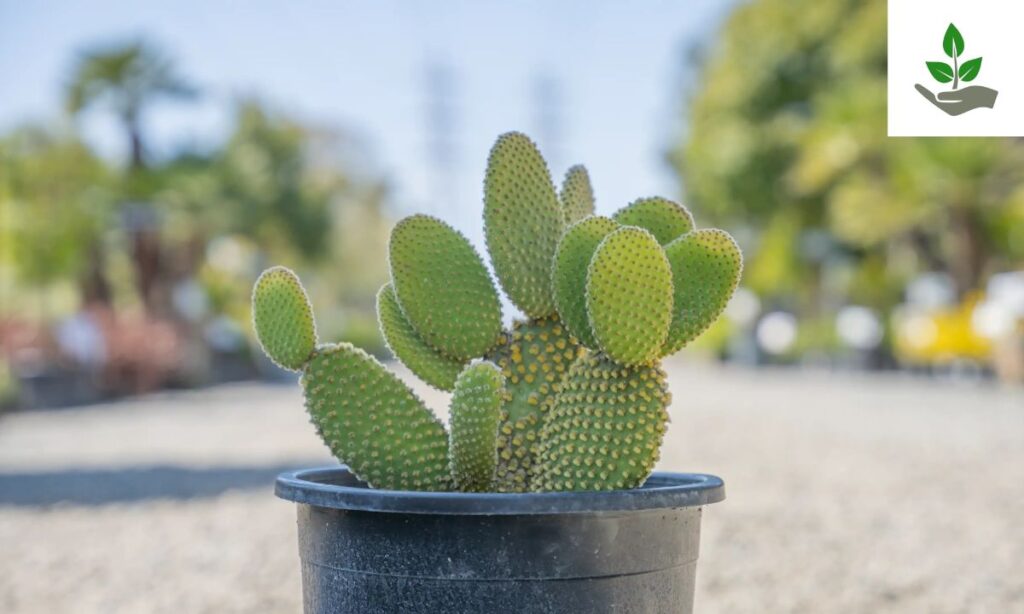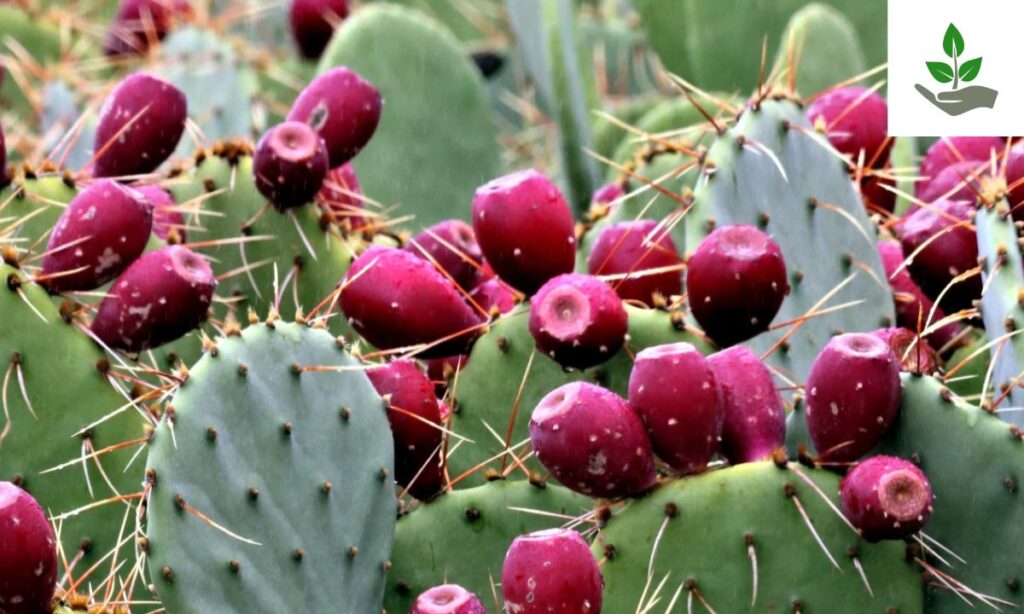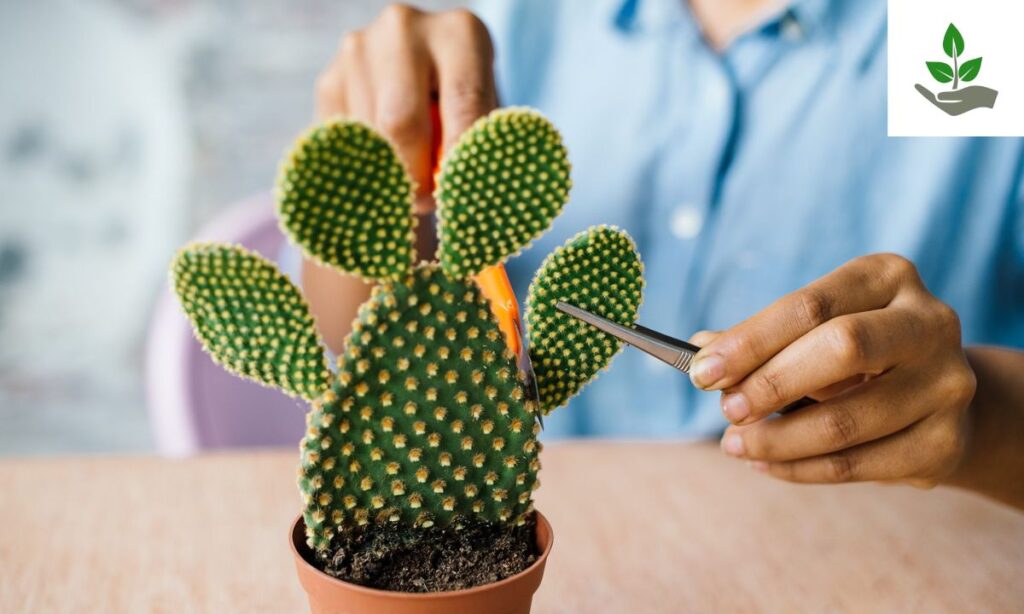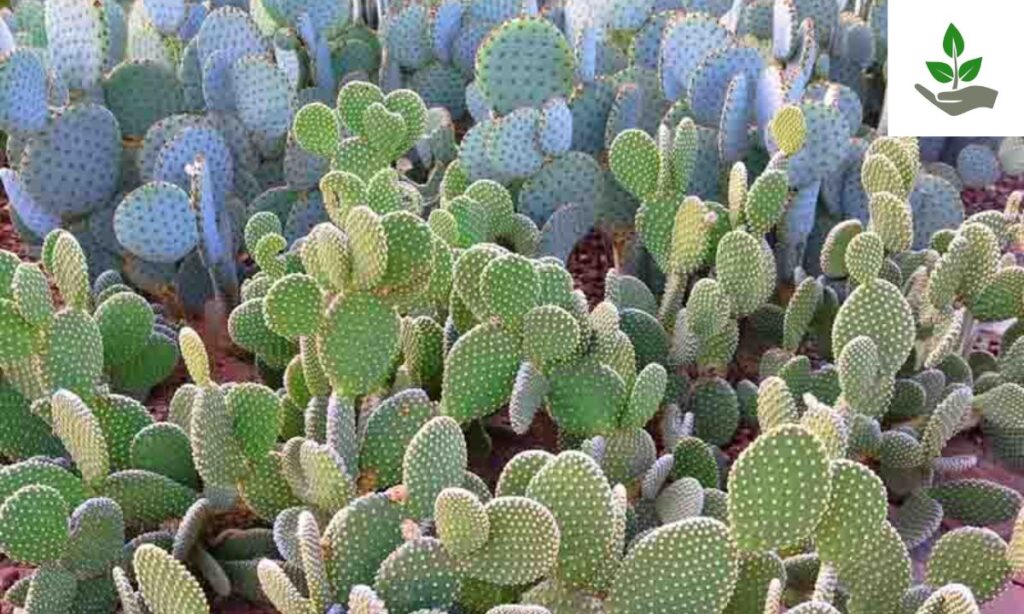Bunny Ears Cactus Care, Seeds, Planting and Benefits
The Bunny Ears Cactus, whose unique paddle-shaped segments and cute looks have made it the sweetheart of succulent collectors, is one of the most popular houseplants of all. Originally from Mexico, this sweet cactus got its adorable name because of the upright rabbit-like appearance of its flat, oval pads.
Even though the Bunny Ears Cactus Care looks like a cute and harmless thing, proper care for this cactus involves knowing all about its special needs and quirks. However, successful Bunny Ears Cactus care involves more than just occasional watering. It requires attention to lighting, soil conditions, temperature, and seasonal care adjustments.
What is Bunny Ears Cactus?
It is a sweet succulent native to northern and central Mexico, at first sight by its flat, oval shaped pads that look like cute rabbit ears. One of the most sought after house plants, it is a member of the prickly pear cactus family and has a misleading soft look because of very small hair-like spined glochids.

It covers its skin in small fuzzy groups called areolas although they don’t have the big showy spines of a lot of cacti, the Bunny Ears Cactus still must be treated gently since these tiny glochids can easily stick into the skin. They usually grow 1-2 feet tall indoors.
Bunny Ears Cactus History
The Bunny Ears Cactus originated with its roots firmly planted in the dry landscapes of central and northern Mexico where it grew centuries ago in the wild before attracting the interest of plant growers and botanists. Originally scientifically described as Opuntia microdasys during the 19th century, the unique cactus was first found occurring naturally in areas such as Hidalgo,Queretaro and nearby Mexican states.
The plant became popular with European collectors in the Victorian era, interested in unusual plants eventually translating into botanical gardens and private collections across the globe. Its common name Bunny Ears came much later when houseplant enthusiasts started to appreciate how the paddle shaped segments of the plant resembled rabbit ears and thus became more attractive to home gardeners.
Bunny Ears Cactus Seeds
Its seeds are small, flat and typically tan to brown in color produced within the plant’s colorful fruits that develop after successful flowering. While mature Bunny Ears Cacti can produce seeds when they bloom with bright yellow flowers followed by reddish purple fruits propagation from seeds is rarely the preferred method for home gardeners.

Growing Bunny Ears Cactus from seeds requires considerable patience as germination can take several weeks to months under optimal conditions and seedlings grow extremely slowly in their first years. The seeds need warm temperatures around 70-80°F), well draining cactus soil and consistent but light moisture to germinate successfully.
Bunny Ears Cactus Planting and Growing
These cacti like to be a little too root-bound and unnecessary soil will hold too much water. Plant the cactus in the same depth that it was growing previously, leaving the bottom of the pads just above the soil line. For best growth, position your Bunny Ears Cactus in bright indirect sunlight close to a south- or west-facing window sciencedirect intense sun can burn the pads while a lack of light causes weak, stretched growth. Water sparingly but thoroughly, permitting complete drying between waterings normally every 2-3 weeks in growing season and less often in winter.
Bunny Ears Cactus Care
Bunny Ears Cactus care centers around providing bright, indirect sunlight and following a less is more watering approach to keep this charming succulent healthy and thriving. Place your cactus near a sunny window where it receives plenty of light without harsh direct rays that can scorch its pads, and water only when the soil is completely dry typically every 2-3 weeks during spring and summer, and even less frequently in winter.

Use well draining cactus soil mix and ensure your pot has drainage holes to prevent the root rot that can quickly kill these plants. Temperature wise, Bunny Ears Cacti prefer warm conditions between 65-80°F and should be protected from cold drafts and temperatures below 50°F. Handle with care using thick gloves or tongs, as the tiny glochid spines can easily embed in skin and cause irritation.
Bunny Ears Cactus User and Benefits
- Indoor Decoration: Adds unique texture and visual appeal to homes, offices and window sills with its charming paddle shaped appearance.
- Low Maintenance: Perfect for busy people and beginners due to minimal watering needs and drought tolerant nature.
- Air Purification: Improves indoor air quality by releasing oxygen at night through CAM photosynthesis.
- Space Efficient: Compact size makes it ideal for small apartments desks and areas with limited space.
- Educational Tool: Teaches plant care basics and introduces people to succulent gardening and desert plant biology.
- Stress Relief: Provides therapeutic benefits through plant care and watching slow, steady growth of new pads.
- Easy Propagation: Simple to multiply through pad cuttings, creating gifts or expanding collections at no cost.
- Year-Round Interest: Maintains attractive appearance throughout seasons with minimal seasonal care adjustments.
- Pet-Friendly Option: Generally safer than many houseplants, though still requires careful handling due to glochids.
- Conversation Starter: Unique bunny ear appearance sparks interest and discussion among visitors and guests.
Bunny Ears Cactus Fun Fact
- Despite looking fluffy and soft the tiny glochids are actually more irritating than regular cactus spines.
- The flat pads are actually modified stems not leaves which help the plant photosynthesize and store water.
- In its native Mexico the reddish-purple fruits are sometimes eaten and called tunas when they appear.
- The microscopic spines are barbed and designed to stick to animals for seed dispersal in the wild.

- Like other cacti it performs most of its gas exchange at night to conserve water in desert conditions.
- In Mexican culture cacti like the Bunny Ears represent endurance and adaptation to harsh conditions.
- It became popular in European conservatories during the 1800s as an exotic curiosity plant.
- Can store water in its thick pads for months, making it nearly impossible to kill from underwatering.
- Can tolerate temperatures from near freezing to over 100°F when properly acclimated.
Read More Post: Easter Lily Cactus Care, History, Planting and Benefits
Conclusion
Mastering Bunny Ears Cactus Care doesn’t have to be complicated when you understand the plant’s basic needs and natural habitat preferences. By providing bright indirect sunlight well draining soil, careful watering practices, and appropriate seasonal care adjustments, you will create an environment where your Opuntia microdasys can flourish. Remember that this charming cactus thrives on benign neglect rather than constant attention often, less intervention leads to better results.
FAQs
How often should I water my Bunny Ears Cactus?
Bunny Ears Cactus care requires watering only when the soil is completely dry, typically every 2-3 weeks during spring and summer, and less frequently in winter. Overwatering is the most common mistake in Bunny Ears Cactus care, so it’s better to be underwater than to overwater this drought-tolerant plant.
What type of light does a Bunny Ears Cactus need?
Proper Bunny Ears Cactus care involves providing bright, indirect sunlight for 6-8 hours daily. Place it near a south or west facing window but avoid direct harsh sunlight that can scorch the pads, which is a crucial aspect of successful Bunny Ears Cactus care.
Why are the pads on my Bunny Ears Cactus turning yellow or soft?
Yellow or soft pads usually indicate overwatering or poor drainage, which are common issues in Bunny Ears Cactus care. Adjust your watering schedule, ensure proper drainage, and remove affected pads immediately to prevent the problem from spreading to healthy parts of the plant.
How do I safely handle my Bunny Ears Cactus during care?
Safe handling is essential in Bunny Ears Cactus care due to tiny glochid spines that easily embed in skin. Always use thick gloves, tongs, or folded newspaper when moving or repotting your cactus, and keep tweezers handy to remove any glochids that may stick to you during care activities.







